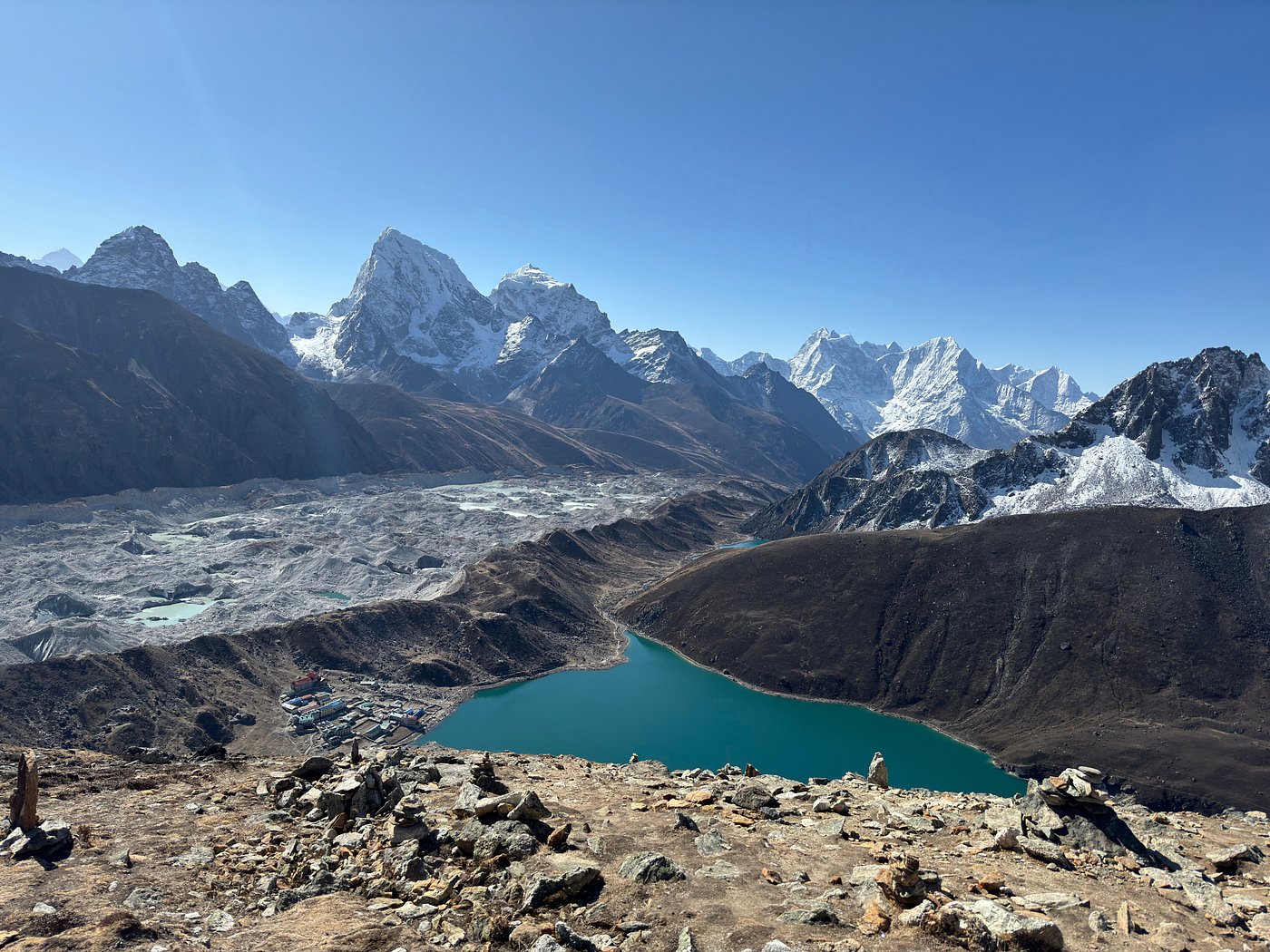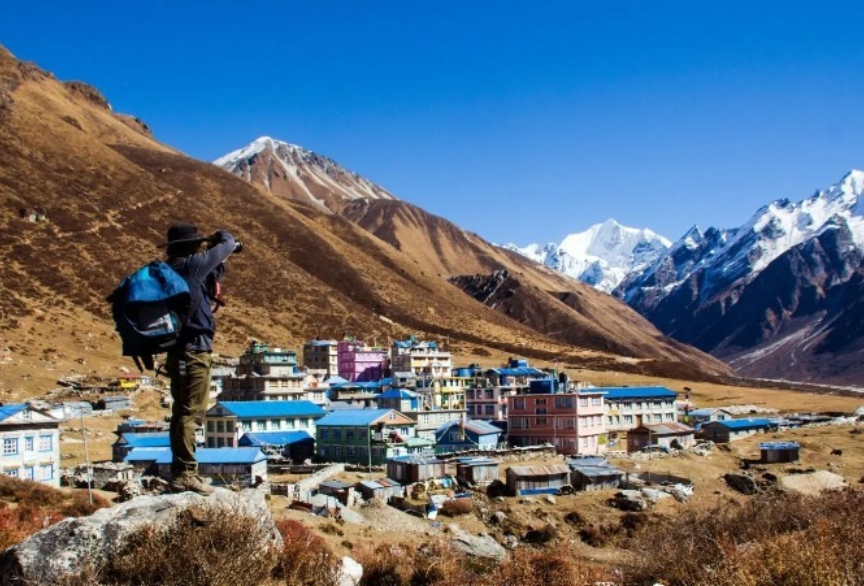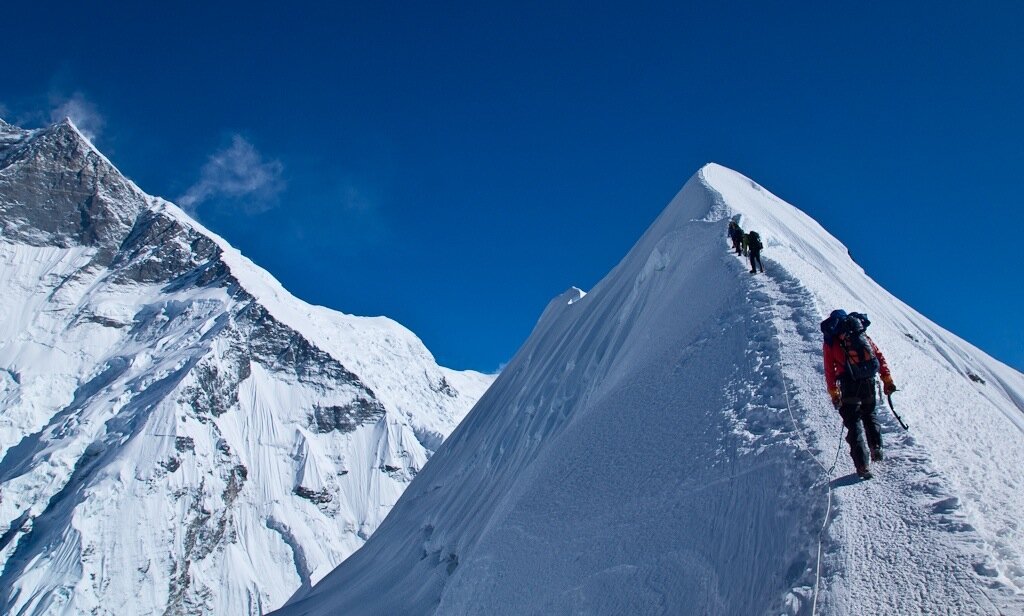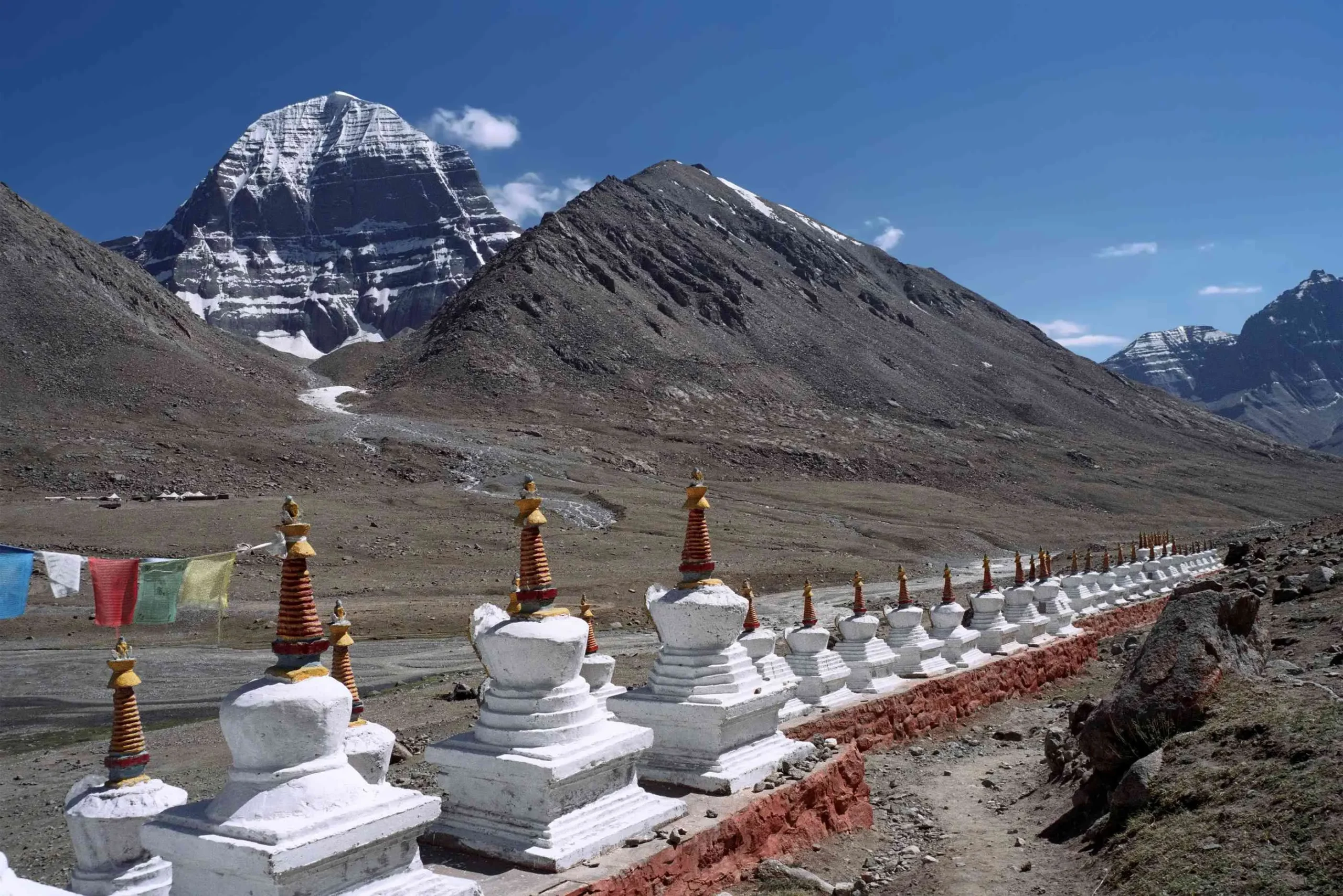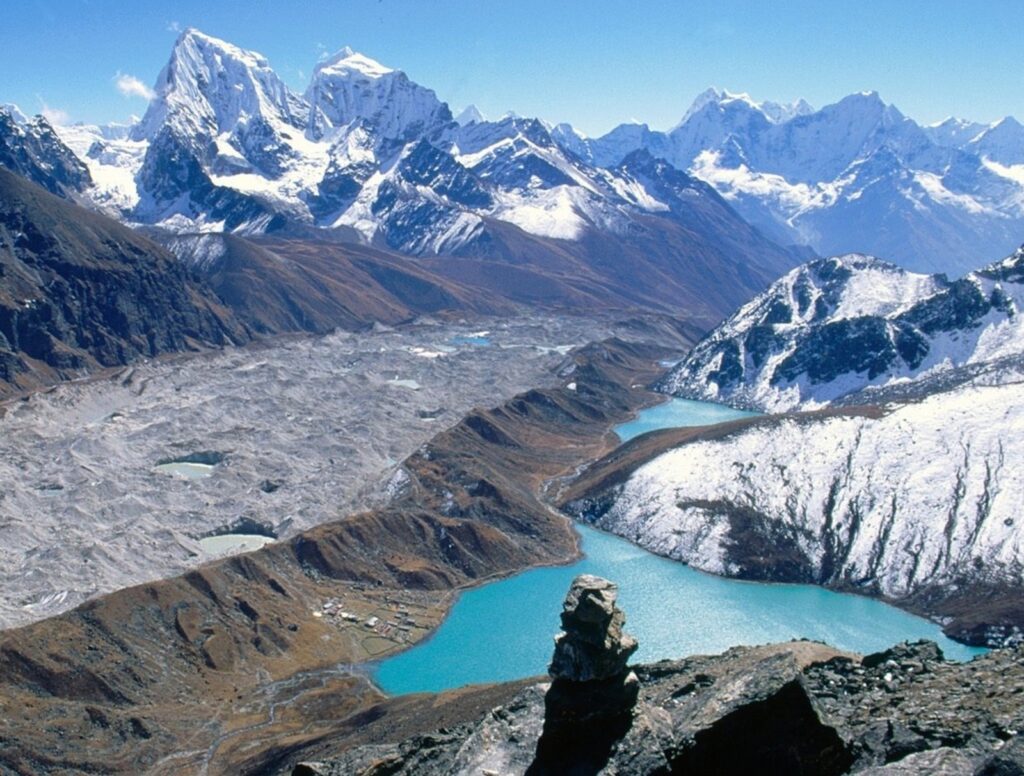If you’re planning the Gokyo Lake Trek in 2026, choosing the right season is key for safety, comfort, and incredible Himalayan views. This trek offers stunning turquoise lakes, panoramic Everest views, and high-altitude adventure, but weather and trail conditions vary greatly throughout the year.
This guide will answer: When is the best time for the Gokyo Lake Trek in 2026?, what conditions to expect, and how to prepare for each season.
Best Seasons For Gokyo Lake Trek in 2026
1. Spring (March – May) – The Ideal Choice
Weather: Warm days, cold nights, clear skies.
Visibility: Excellent for panoramic views of Everest, Cho Oyu, and Makalu.
Trail Condition: Dry and mostly snow-free up to high altitude.
Highlights: Blooming rhododendron forests, vibrant landscapes, moderate crowds.
Why Spring Is Best: Clear trails, moderate temperatures, and ideal visibility make spring the most popular and safest season for trekking Gokyo Lake.
2. Autumn (September – November) – Post-Monsoon Beauty
Weather: Stable, dry, and crisp.
Visibility: Crystal-clear Himalayan peaks.
Trail Condition: Excellent, with less chance of landslides after monsoon.
Highlights: Autumn harvest festivals, colorful skies, and prime photography conditions.
Why Autumn Works: It’s slightly colder than spring but offers perfect trekking conditions with fewer weather-related risks.
3. Winter (December – February) – For Adventure Seekers
Weather: Very cold, snow-covered trails above 4,000m.
Visibility: Clear skies, especially in early morning.
Trail Condition: Risk of heavy snow, icy paths.
Highlights: Serenity and solitude, fewer trekkers.
Considerations: Only suitable for experienced trekkers familiar with high-altitude snow trekking.
4. Monsoon / Summer (June – August) – Not Recommended
Weather: Heavy rainfall, wet and slippery trails.
Trail Condition: Muddy, risk of landslides and flooded rivers.
Highlights: Lush green landscapes, but limited visibility due to clouds.
Tip: Avoid trekking Gokyo Lake during monsoon unless you prefer extreme solitude and are prepared for difficult trail conditions.
Temperature & Trail Conditions By Season
| Season | Day Temp | Night Temp | Trail Condition | Crowds | Visibility |
|---|---|---|---|---|---|
| Spring | 10–20°C | -5–2°C | Dry, stable | Moderate | Clear |
| Autumn | 8–18°C | -3–0°C | Dry, stable | Moderate | Excellent |
| Winter | 0–10°C | -15– -5°C | Snowy, icy | Low | Very Clear |
| Monsoon | 12–22°C | 2–10°C | Wet, muddy | Low | Cloudy |
Best Time to Trek
Best Time: Spring (March–May) or Autumn (September–November) 2026
Avoid: Monsoon (June–August) for safety and trail conditions.
Winter: Only for experienced trekkers who can handle snow and cold.
Insider Tips for Timing Your Trek
Book Early: Spring and autumn are the peak seasons — permits and accommodations fill quickly.
Early Morning Start: Maximize visibility of lakes and mountains.
Acclimatization: Spend a rest day at Namche Bazaar or Gokyo village to prevent altitude sickness.
Photography: Visit Gokyo Ri early morning for sunrise over Everest and Gokyo Lakes.
Weather Updates: Check Himalayan forecasts; winter and monsoon conditions can change rapidly.
Gokyo Lake Trek FAQs
1. What is the best month to trek Gokyo Lake in 2026?
March–May (spring) and September–November (autumn) are the best months for clear skies, moderate temperatures, and safe trails.
2. Can I trek Gokyo Lake in winter?
Yes, but it’s only recommended for experienced trekkers due to snow, freezing temperatures, and icy trails.
3. Is the Gokyo Lake trek safe during monsoon?
No. Trails can be slippery, rivers may flood, and landslides are common during June–August.
4. How crowded is the Gokyo Lake trek in spring vs autumn?
Both seasons are moderate in crowds; spring sees slightly more trekkers due to blooming rhododendrons, while autumn offers peak visibility.
5. What is the temperature like at Gokyo Lake in spring?
Daytime temperatures range from 10–20°C, and nights can drop to -5–2°C at high altitude.
6. How many days should I plan for the trek in ideal season?
A typical Gokyo Lake trek takes 8–12 days depending on acclimatization and whether you climb Gokyo Ri for panoramic views.
7. Do I need trekking permits in 2026?
Yes. You need Sagarmatha National Park permit and TIMS card (Trekkers’ Information Management System) to enter the Gokyo region.
8. When is the best time for photography?
Sunrise at Gokyo Ri or early morning in spring and autumn provides the clearest views of Everest, Cho Oyu, and the turquoise lakes.
9. Is Gokyo Lake trek easier than Everest Base Camp?
Moderately easier. It’s shorter and less crowded, but still requires high-altitude trekking experience.
10. Should I avoid winter trekking entirely?
Only if you are a beginner. Winter offers solitude and crisp views, but high-altitude cold and snow make it challenging.
The best time to trek Gokyo Lake in 2026 is spring or autumn, offering clear skies, safe trails, and stunning Himalayan views. Careful planning, acclimatization, and preparation make this once-in-a-lifetime adventure both enjoyable and safe.


